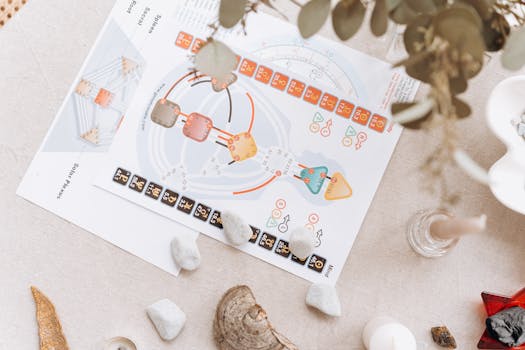
Mindfulness Practices for Stress Relief: A Comprehensive Guide
Mindfulness practices for stress relief have become increasingly popular in recent years, and for good reason. With the demands of modern life, it’s easy to get caught up in a cycle of stress and anxiety. However, by incorporating mindfulness practices into your daily routine, you can reduce stress, improve your mood, and enhance your overall well-being. In this article, we’ll explore the concept of mindfulness, its benefits, and provide a comprehensive guide on how to cultivate mindfulness for stress relief.
What is Mindfulness?
Mindfulness is the practice of being present in the moment, paying attention to your thoughts, feelings, and sensations without judgment or distraction. It’s about cultivating awareness and acceptance of the present moment, just as it is. Mindfulness is often practiced through meditation, deep breathing, and yoga, but it can also be applied to everyday activities like eating, walking, or even doing the dishes.
Benefits of Mindfulness for Stress Relief
The benefits of mindfulness for stress relief are numerous and well-documented. Some of the most significant advantages include:
- Reduced stress and anxiety: Mindfulness practices have been shown to decrease the production of stress hormones like cortisol, leading to a decrease in anxiety and stress levels.
- Improved mood: Mindfulness practices have been linked to increased production of neurotransmitters like serotonin and dopamine, which can help improve mood and reduce symptoms of depression.
- Enhanced focus and concentration: Mindfulness practices can help improve attention and reduce mind-wandering, leading to improved focus and productivity.
- Better sleep: Mindfulness practices can help regulate sleep patterns and improve the quality of sleep.
- Increased self-awareness: Mindfulness practices can help increase self-awareness, allowing you to better understand your thoughts, feelings, and behaviors.
Mindfulness Practices for Stress Relief
There are many mindfulness practices that can help with stress relief. Here are some of the most effective techniques:
Meditation
Meditation is one of the most popular mindfulness practices for stress relief. It involves sitting comfortably, focusing on your breath, and observing your thoughts and feelings without judgment. You can start with short meditation sessions, such as 5-10 minutes, and gradually increase the duration as you become more comfortable with the practice.
Deep Breathing
Deep breathing is another effective mindfulness practice for stress relief. It involves taking slow, deep breaths, focusing on the sensation of the breath in your body, and letting go of any tension or stress. You can practice deep breathing anywhere, at any time, making it a great technique for reducing stress on-the-go.
Yoga
Yoga is a physical, mental, and spiritual practice that combines movement, breathwork, and meditation. It can help reduce stress and anxiety by releasing tension in the body, improving flexibility and balance, and promoting relaxation. You can practice yoga at home, in a studio, or even online.
Body Scan
A body scan is a mindfulness practice that involves lying down or sitting comfortably, closing your eyes, and bringing your attention to different parts of your body. You start at your toes and work your way up to the top of your head, noticing any sensations, feelings, or thoughts without judgment. This practice can help release tension and promote relaxation.
Mindful Walking
Mindful walking is a mindfulness practice that involves paying attention to your walking, noticing the sensation of your feet touching the ground, the movement of your legs and arms, and the rhythm of your breath. You can practice mindful walking anywhere, whether it’s in nature, on a treadmill, or even just around your home.
Getting Started with Mindfulness
Getting started with mindfulness is easier than you think. Here are some tips to help you get started:
- Start small: Begin with short mindfulness sessions, such as 5-10 minutes, and gradually increase the duration as you become more comfortable with the practice.
- Find a quiet space: Identify a quiet, comfortable space where you can practice mindfulness without distractions.
- Be consistent: Aim to practice mindfulness at the same time every day, so it becomes a habit.
- Be patient: Mindfulness is a practice that takes time to develop, so be patient with yourself and don’t get discouraged if your mind wanders.
Conclusion
Mindfulness practices for stress relief are a powerful tool for reducing stress, improving mood, and enhancing overall well-being. By incorporating mindfulness into your daily routine, you can cultivate a greater sense of awareness, acceptance, and calm. Remember to start small, be consistent, and be patient, and you’ll be on your way to a more peaceful, stress-free life.





